登封法王寺 - 门票、开放时间、位置和亮点

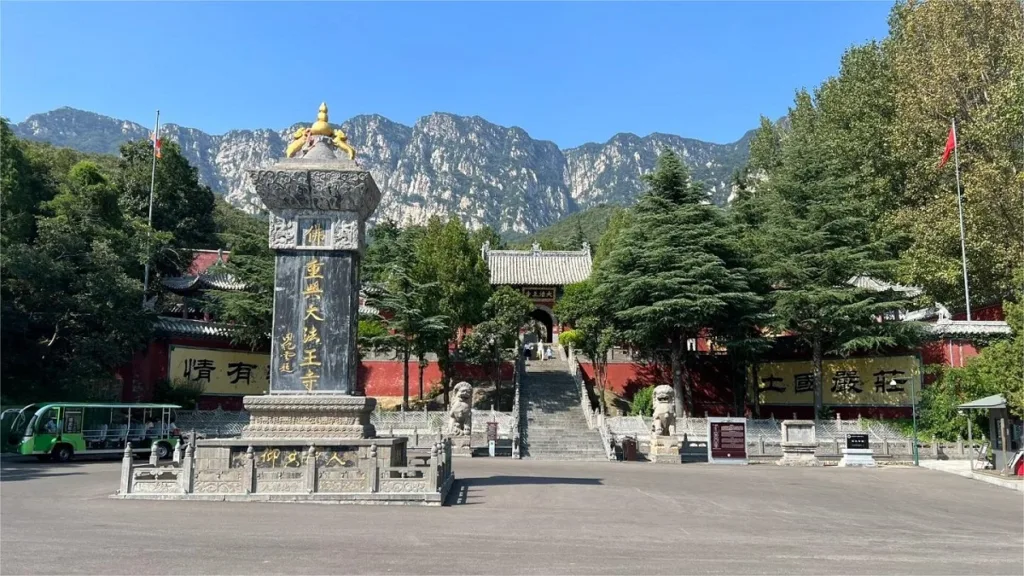
Located at the southern foot of Mount Taishi in Dengfeng, Fawang Temple (法王寺) is steeped in history and legend. According to tradition, it was constructed in the 14th year of Emperor Ming of the Han Dynasty (71 AD) by imperial decree, specifically for the Indian monk She Moteng and the translator Zhufalan to translate Buddhist scriptures and propagate Buddhism. It stands as one of China’s earliest temples, three years later than the White Horse Temple in Luoyang and predating the Shaolin Temple by 424 years, boasting a history of over 1,900 years.
In 1987, the ancient temple underwent extensive restoration, expanding the temple area to over 60,000 square meters and refurbishing the halls to cover more than 5,000 square meters. Additionally, 47 sculptures and statues were meticulously restored.
目录
基本信息
| 预计游览时间 | 2 小时 |
| 票价 | 50 元 |
| Combined Ticket | 80 RMB including Songyang Academy, Taishi Mountain, Fawang Temple, and Songyue Pagoda |
| 开放时间 | 8.00 - 18.00 |
| 电话号码 | 0086-0371-62830518 |
地点和交通
Fawang Temple is located at the southern foot of Mount Taishi, a part of Mount Song, in Dengfeng, Zhengzhou City, Henan Province. It lies to the northeast of Songyue Temple. Visitors can take Bus Route 2 or Route 6 from downtown Dengfeng to Songyang Academy, and then either take a taxi or walk to Fawang Temple.
Highlights of Fawang Temple
Ancient Ginkgo Trees
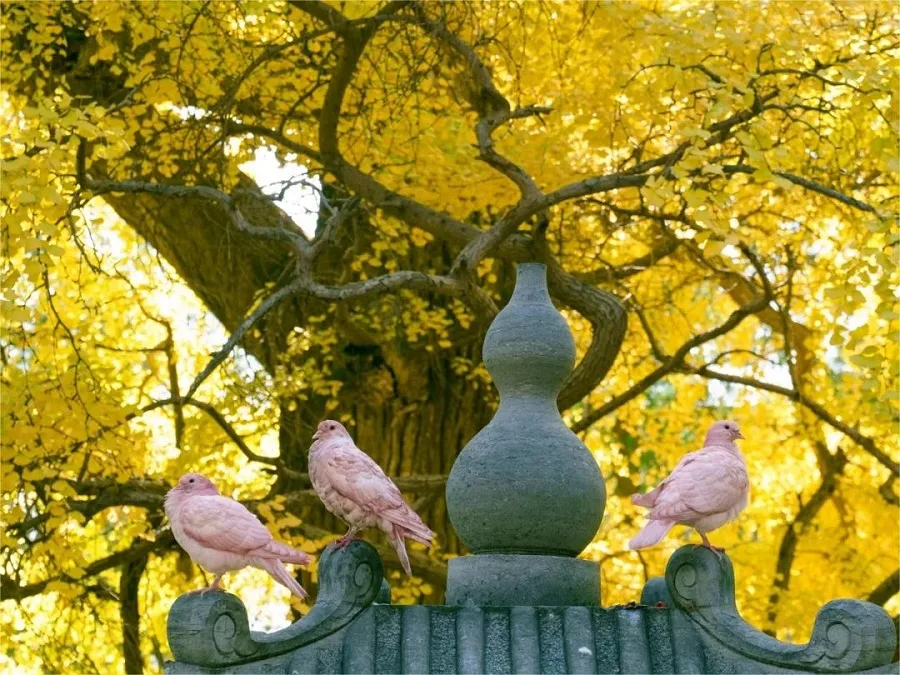
As one wanders through the corridors of Fawang Temple, two ancient ginkgo trees, each over a thousand years old, flank the path. Standing tall at 30 meters with a circumference of 5 meters, these majestic trees provide ample shade with their lush green foliage in the height of summer. Come autumn, their branches adorned with golden leaves and bountiful fruits, the rustle of the mountain wind scattering golden leaves and silver fruits creates an enchanting atmosphere, adorning the temple with an ancient and tranquil beauty. In spring, fragrant blossoms fill the air, refreshing the senses both inside and outside the temple grounds.
Tang-Style Pagoda
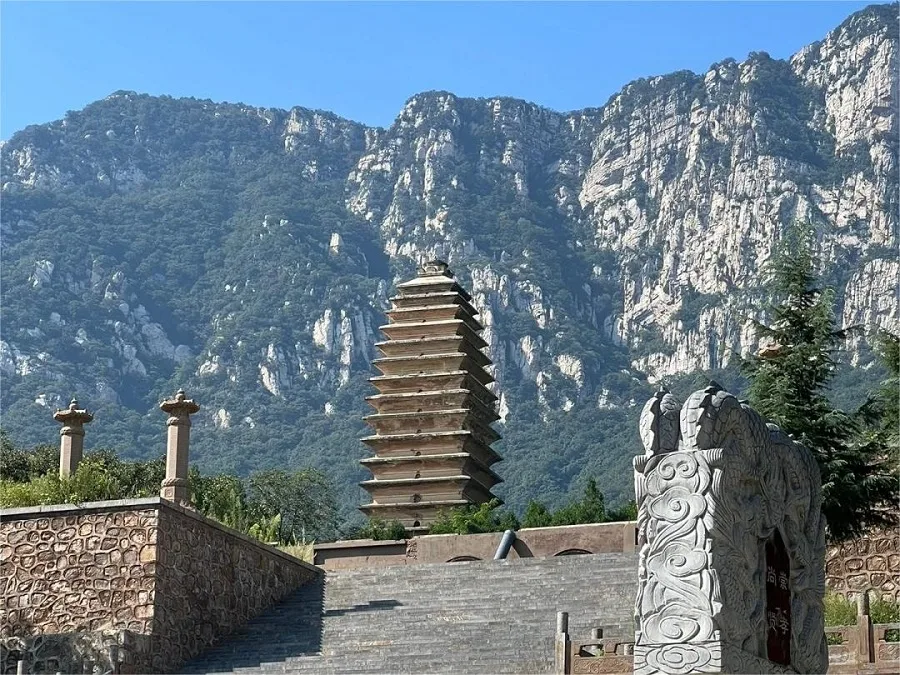
Surrounding Fawang Temple, there are six remaining monk pagodas. Among them, there is a Tang-style pagoda with an eave design, three single-story Tang-style pagodas, and one each from the Yuan and Qing dynasties. The tallest pagoda, situated on the slope behind Fawang Temple, is a 15-story square brick tower, approximately 40 meters in height with a circumference of 28 meters. Its walls, made of yellow clay bricks and coated with white plaster, are 2.13 meters thick. The pagoda’s body features layered eaves, with the widest part of each layer extending about 90 centimeters from the layer below. Moreover, both the height and width of the pagoda diminish from the bottom to the top, forming a parabolic shape. A door is carved into the southern face of the pagoda, leading directly into the central chamber. The chamber, square in shape, is a hollow structure with a view of the top from the ground floor. Inside, a white jade Buddha statue, sent by Prince Zhou in the seventh year of the Yongle reign (1409) of the Ming Dynasty, sits adorned, though slightly damaged on the lower right corner and hands.
Vlog about Fawang Temple
太子山的其他景点
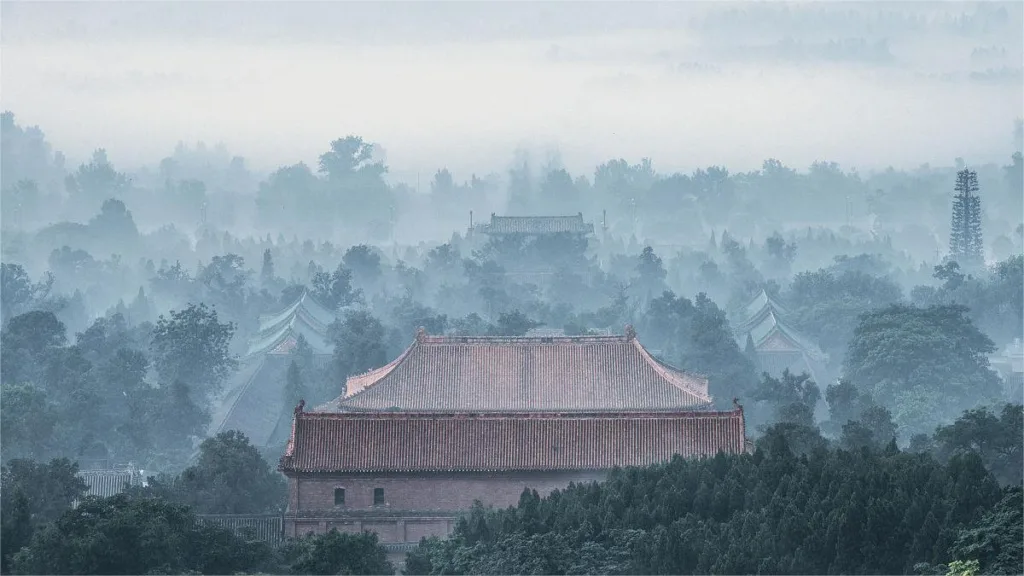
中岳庙
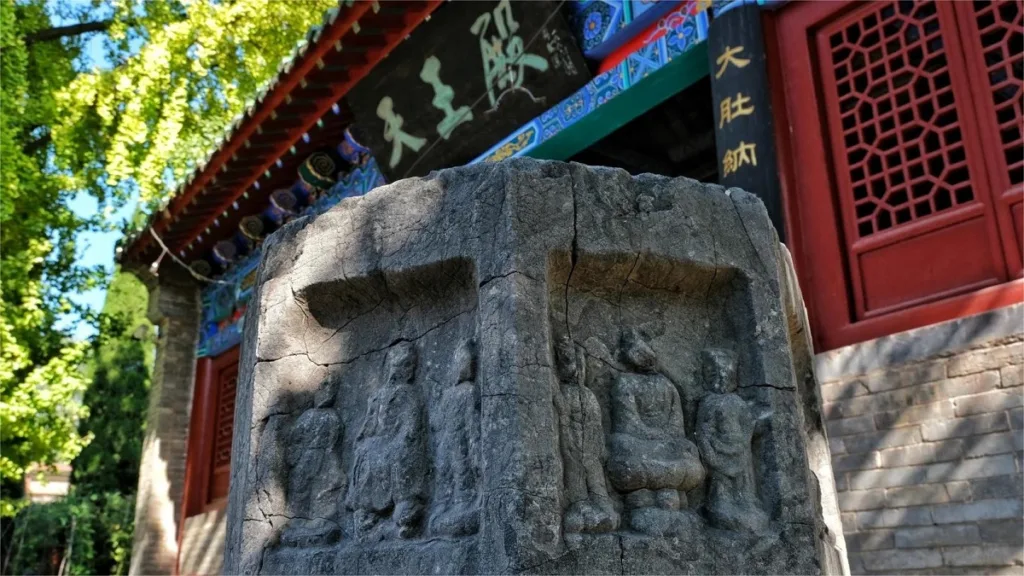
永泰寺

松阳学院

惠山寺
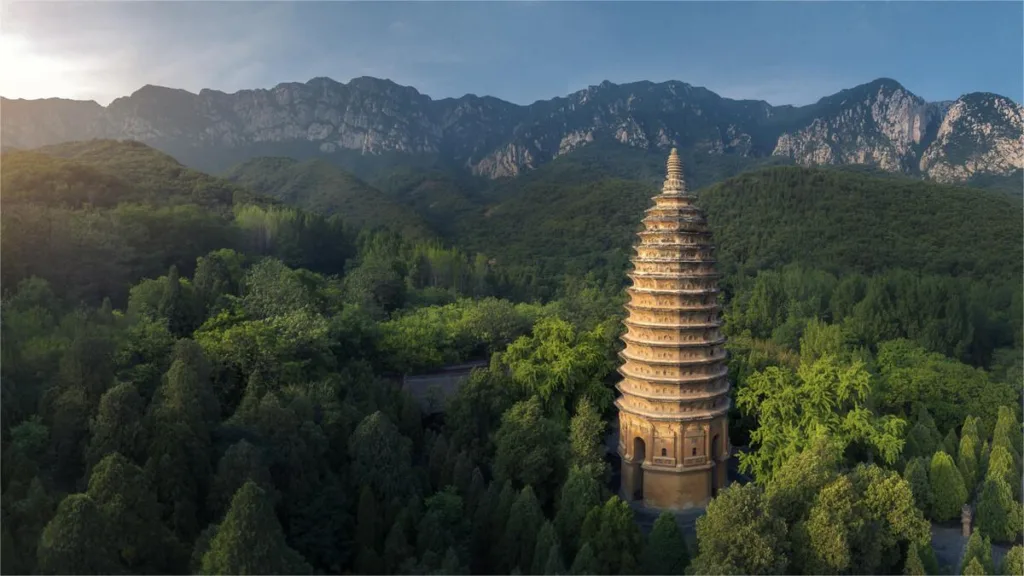
嵩岳寺和嵩岳塔